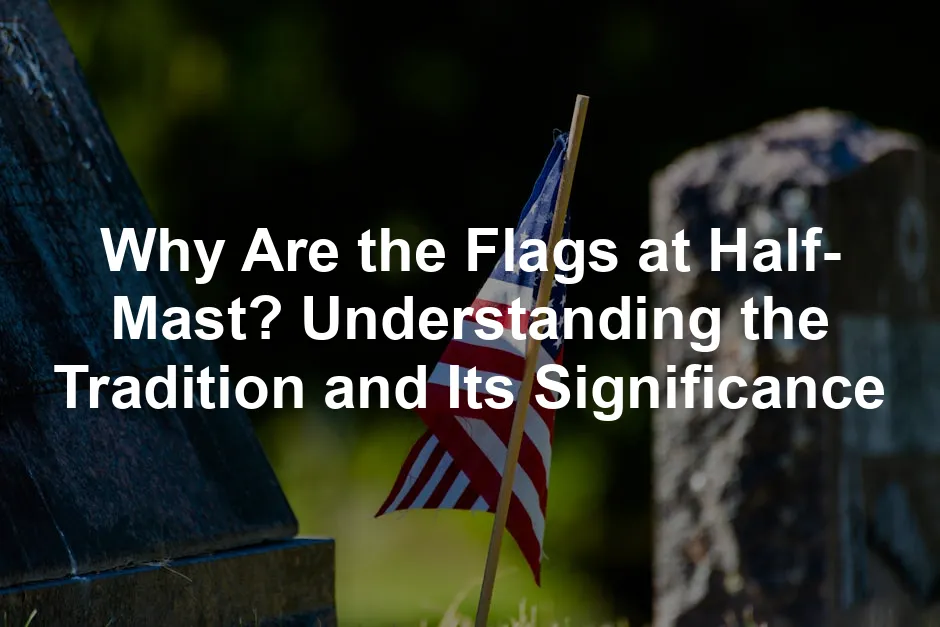
Why Are the Flags at Half-Mast? Understanding the Tradition and Its Significance
Introduction
In a world filled with flags waving high in the sky, seeing one at half-mast can evoke a sense of solemnity and respect. But what does it truly mean when flags are lowered? This article explores the deep-rooted traditions and protocols surrounding the act of flying flags at half-mast, a gesture of mourning that transcends cultures and nations.
Flags at half-mast symbolize grief and honor. They represent collective loss, reminding us of the individuals who have significantly impacted our lives or communities. You may have noticed flags lowered during a national tragedy or perhaps a local hero’s passing. Each of these moments holds meaning, resonating with the shared experiences of mourning and remembrance.
The tradition of flying flags at half-mast dates back centuries and carries different protocols depending on the country. Understanding the significance behind this practice can deepen your appreciation for its meaning. It’s a visible expression of sorrow, allowing communities to collectively grieve.
This phenomenon isn’t just about aesthetics; it reflects cultural values and historical context. Countries have varying rules for when and why to lower their flags. These practices often align with significant events, such as the death of notable figures or national tragedies.
Join us as we unfold the history, reasons, and protocols that guide this poignant symbol of respect. By the end of this article, you’ll not only know when to expect flags at half-mast but also grasp the emotional weight they carry. Whether you’re a flag enthusiast or merely curious, understanding this tradition enriches our connection to one another during times of loss.
Let’s dive into the depths of this meaningful tradition.

The Meaning Behind Half-Mast Flags
What Does Half-Mast Mean?
Half-mast refers to the position of a flag when it is lowered below the top of a mast or pole. In American English, this is often termed half-staff. The two terms serve the same purpose, but they vary based on geographical context.
On land, we use “half-staff” when flags are lowered for mourning. Meanwhile, “half-mast” is reserved for maritime settings, such as flags on ships. This distinction is crucial, especially for those who admire flags and their protocols.
Flags at half-mast symbolize mourning, respect, and solidarity. When you see a flag lowered, it’s a reminder of a profound loss, whether it’s a community member or a national tragedy. This gesture transcends borders, connecting us through shared experiences of grief.
If you’re looking to display your own flag with pride, consider investing in a Flag Pole Kit. It makes raising and lowering your flag a breeze while ensuring it stands tall and proud, even during those somber times.
Historical Context
The tradition of flying flags at half-mast dates back to the 17th century. It originated as a way to signal distress or mourning, particularly among naval vessels. When a ship lowered its flag, it indicated that something tragic had occurred.
Over time, this practice evolved into a formal protocol, adopted by many nations. Countries established specific guidelines detailing when and why flags should be flown at half-mast. These protocols reflect each nation’s values and cultural significance surrounding loss.
In the United States, for instance, half-staff orders are often given following the deaths of significant figures, such as government officials or military members. The intent is to honor their contributions and unite communities in mourning.
This practice serves not only as a symbol of respect but also as an opportunity for collective grieving. Flags at half-mast resonate deeply, reminding us of our shared humanity and the lives that have touched ours.
As we navigate through the complexities of life, these symbols ground us, providing a moment to reflect. Understanding the meaning behind half-mast flags enriches our appreciation for this solemn tradition, reminding us of the legacies we carry forward.
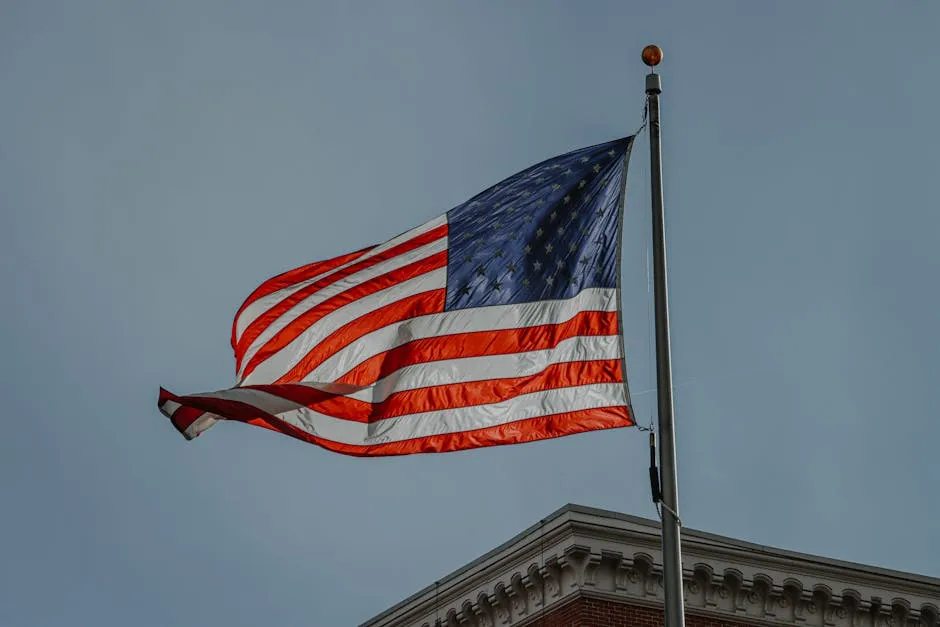
Protocols by Country
United States
In the U.S., the flag code outlines clear protocols for half-staff observance. The President, state governors, and local officials can issue proclamations to lower flags. This is typically done to honor the deceased, especially governmental figures or military personnel.
Specific occasions warrant half-staff observance. For example, flags are lowered on Memorial Day until noon to honor those who died in service. Similarly, on Patriot Day, flags are flown at half-staff to commemorate the September 11 attacks.
Such observances reflect a nation’s collective grief and respect for those who have served and sacrificed. By lowering the flag, we acknowledge their contributions and unite in remembrance.
In addition to national directives, states may have local protocols. For instance, flags can be lowered to honor local heroes or in response to tragedies affecting the community. This flexibility allows communities to express their grief meaningfully.
Understanding these protocols enhances our connection to the tradition. It illustrates how a simple gesture can resonate deeply, creating a collective moment of reflection and respect.
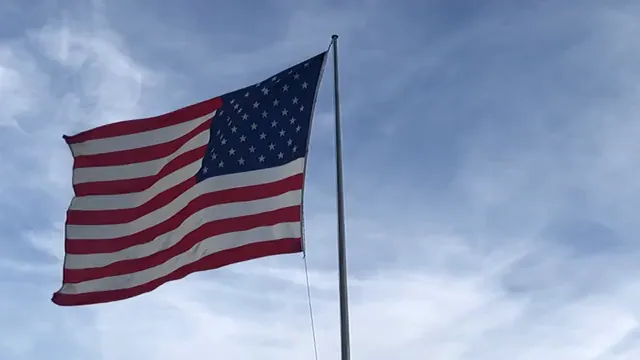
Canada
In Canada, the practice of half-masting the national flag is a significant gesture of mourning and respect. The policies governing this tradition are outlined by the Government of Canada, specifying when and where the flag should be lowered. Flags are typically flown at half-mast for various occasions, including the death of the sovereign, the governor general, or the prime minister. Additionally, specific days of mourning such as April 28 (Day of Mourning for Persons Killed or Injured in the Workplace) and November 11 (Remembrance Day) are established for this purpose.
Recent notable instances of half-masting in Canada include the passing of prominent figures. For example, in October 2024, flags were lowered to honor Thelma Mothershed Wair, a member of the Little Rock Nine. Her contributions to civil rights resonate deeply in Canadian history, making this act of remembrance particularly significant. Another instance involved flags being lowered for Tony Whitford, a former commissioner of the Northwest Territories. These instances highlight not only the nation’s respect for individual lives but also its commitment to acknowledging historical narratives that shape its identity.
Other Countries
Australia: In Australia, flags are flown at half-mast during national days of mourning. This includes the death of a sovereign or royal family member, as well as significant tragedies affecting the nation, like natural disasters. For instance, during the bushfires that ravaged the country, half-masting became a poignant expression of collective grief.
Germany: Germany observes half-masting during specific events and in memory of notable figures. The Day of Remembrance for the Victims of National Socialism on January 27 is one such occasion. Flags are lowered to honor those who suffered during this dark period in history. Additionally, the death of prominent public figures often triggers half-masting protocols, showing respect and acknowledgment of their contributions.
United Kingdom: In the UK, flags are lowered at half-mast to commemorate national tragedies and the deaths of royal family members. For example, the death of Queen Elizabeth II led to a nationwide half-mast observance, uniting the country in collective mourning. This practice serves as a powerful reminder of the nation’s shared history and values.
Additional countries like India and Brazil also observe half-masting protocols. In India, the flag is flown at half-mast for the deaths of former presidents and prime ministers, while Brazil typically lowers its flag during national mourning periods, often due to the passing of significant public figures. Each country’s tradition reflects its unique cultural values and historical context, showcasing how a simple gesture can resonate deeply within diverse societies.
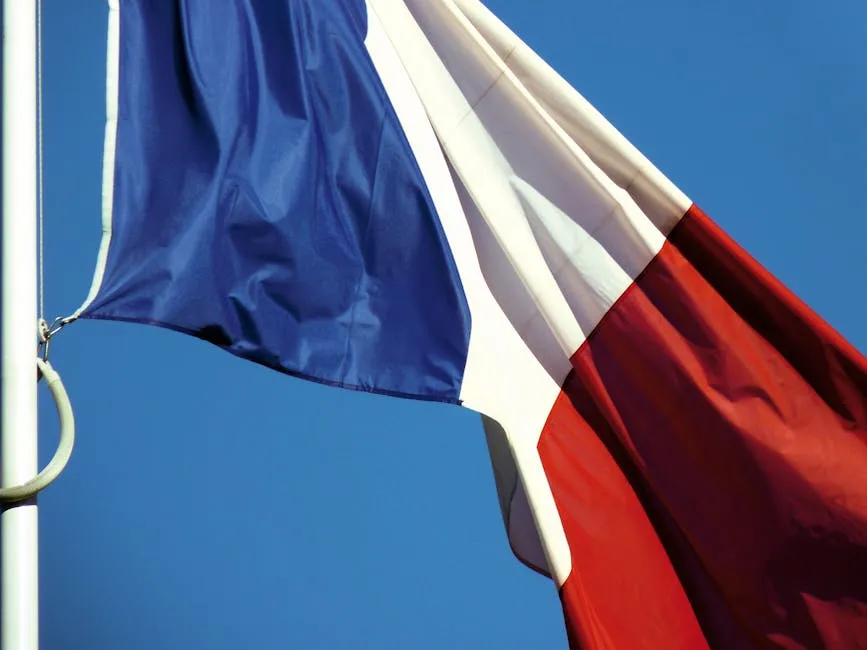
Recent Examples of Half-Mast Orders
National Events
Half-mast flags are powerful symbols, often marking national tragedies. A poignant example is Patriot Day, observed every September 11. This day commemorates the lives lost in the 2001 terrorist attacks. Flags across the United States fly at half-mast, uniting the nation in grief and remembrance. The shared sorrow fosters a sense of togetherness that transcends political and social divides.
Another notable instance occurred during COVID-19 memorials. In 2020, flags were lowered to honor the countless lives lost to the pandemic. This act resonated deeply, highlighting the collective pain experienced across communities. For instance, on April 2, 2020, the European Union lowered flags in solidarity with victims of COVID-19, particularly in Italy, Spain, France, and Germany. Such gestures remind us that we’re all part of a larger human experience, grappling with loss together.
These half-mast proclamations serve a dual purpose: honoring the deceased and reinforcing national unity. They create a moment for reflection and collective mourning, encouraging citizens to acknowledge shared experiences of grief.
In addition, various state governors have issued proclamations to lower flags for significant local tragedies. For example, Massachusetts Governor Maura Healey ordered flags to half-mast on October 19, 2024, in honor of Thelma Mothershed Wair, a member of the Little Rock Nine. This proclamation connected the community, allowing residents to mourn the passing of a remarkable figure who fought for civil rights.
Similarly, Connecticut’s Governor Ned Lamont directed flags to half-mast on October 23, 2024, for Robert Sharkevich Sr., a beloved volunteer firefighter. These local acts of mourning illustrate the profound connection between flags at half-mast and community remembrance. They highlight the importance of recognizing local heroes and the impact they have on their communities.

Local Incidents
Local officials often order flags at half-mast to honor community figures, reinforcing the role of flags in fostering communal mourning. These proclamations create a shared space for reflection, inviting residents to come together in remembrance.
Take, for instance, the recent half-mast orders for fallen first responders. In various states, flags were lowered to honor police officers and firefighters who made the ultimate sacrifice. Such acts underscore the significance of community bonds and respect for those who serve.
In addition, localities may observe half-mast flags for significant community events, such as the death of a beloved teacher or local leader. These gestures allow towns and cities to collectively grieve while celebrating the legacies of those who have passed. The act of lowering flags transcends mere protocol; it solidifies the community’s emotional connection, fostering a sense of belonging.
By honoring local figures through half-mast proclamations, communities can express their collective grief. This practice not only serves as a tribute but also helps individuals feel less isolated in their mourning. As flags flutter solemnly, people are reminded that their grief is shared and that they’re part of a supportive community.
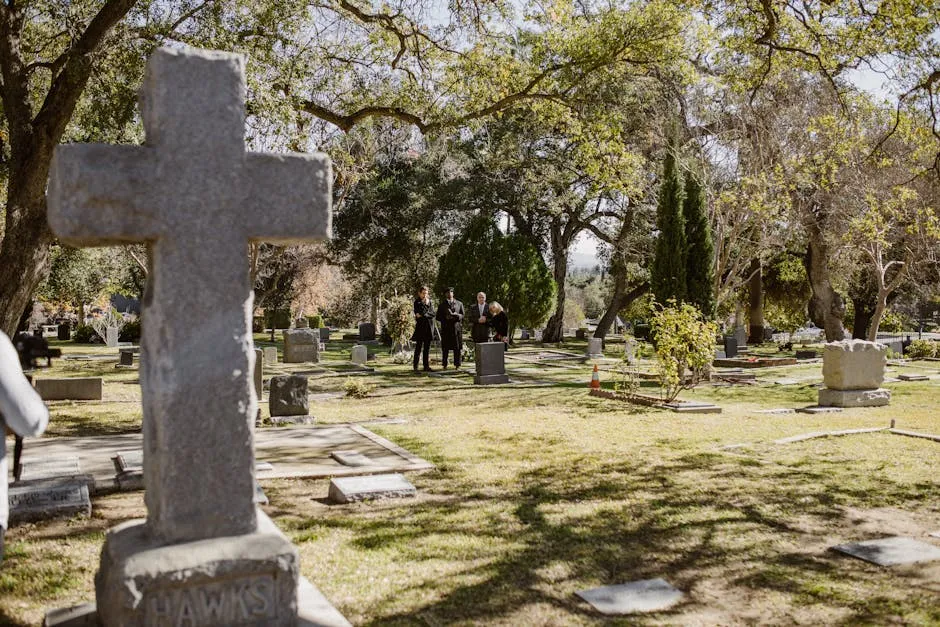
The Emotional Impact of Half-Mast Flags
Collective Grieving
Half-mast flags have a profound emotional impact, serving as a unifying symbol during times of loss. When flags are lowered, they signal a collective grieving process, inviting communities to join in mourning. This act creates a visual representation of shared sorrow, allowing people to come together to honor those who have passed.
Witnessing flags at half-mast can evoke powerful psychological responses. Individuals often feel a deep sense of empathy and connection to their community. The sight of a lowered flag becomes a reminder that others share their pain, fostering bonds among people during difficult times. This collective grieving process can help individuals navigate their emotions, providing a space for reflection and healing.
Moreover, half-mast flags serve as a reminder of the fragility of life. They encourage us to cherish our relationships and appreciate the moments we have with loved ones. In this way, flags at half-mast transcend their physical form, becoming symbols of hope and resilience.
If you want to create a space of remembrance in your home, consider a Memorial Candle Set. Lighting a candle can offer a peaceful moment of reflection, allowing you to honor the memories of those you’ve lost in a serene way.
Public Sentiment
Public sentiment plays a crucial role in the emotional impact of half-mast flags. Anecdotes from citizens reveal how seeing a flag lowered can evoke feelings of sadness and nostalgia. For many, it’s a moment to pause and reflect on the lives represented by the flag. The act of lowering flags becomes a powerful catalyst for conversation and remembrance.
People often share stories of loved ones lost, creating a sense of community and support. This public observance emphasizes the importance of collective mourning in the healing process. When flags are at half-mast, communities can come together to honor the memories of those who have impacted their lives.
Overall, half-mast flags serve as a vital part of the mourning process. They remind us of our shared humanity and the connections we forge through grief. As communities come together to mourn, the emotional weight of this gesture becomes a source of strength and solidarity.
Please let us know what you think about our content by leaving a comment down below!
Thank you for reading till here 🙂

And while you’re reflecting, why not sip your favorite drink from a Travel Mug with Flag Design? It keeps your beverage warm while you ponder over the memories and legacies that flags represent.
Additionally, for those looking to explore the history of flags, the Historical Flags of the World Book could be an enlightening read, giving you insights into the flags that have shaped our world.
All images from Pexels




